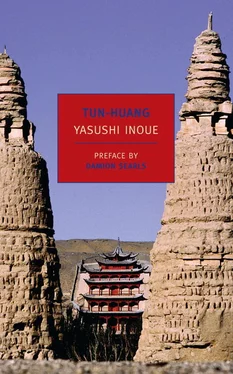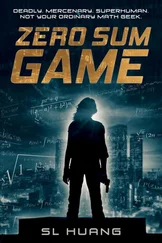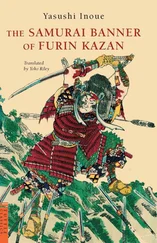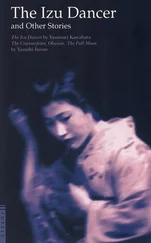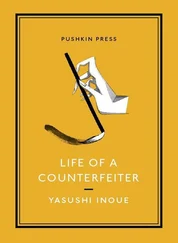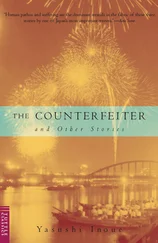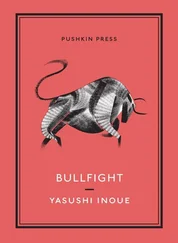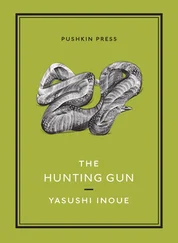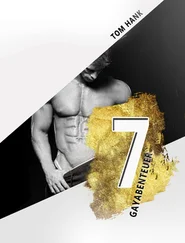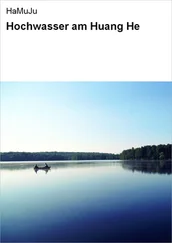Inoue excelled at judo and wrote poetry, graduated from Kyoto University in 1936 with a degree in aesthetics and a thesis on Valéry, and except for a stint in the army for a few months in 1937–38, “most of it marching with pack horses about the plains of north China,” 4he worked as a reporter for the Mainichi Shimbun newspaper in Osaka until 1951. His career as a fiction writer began late and meteorically, in his early forties, when The Bullfight won Japan’s most prestigious writing award, the Akutagawa Prize, in 1949, and his masterpiece The Hunting Gun was published almost simultaneously. He retired from the newspaper to pursue writing full-time, and by his death in 1991 he had published some fifty novels and novellas and close to two hundred stories.
Although he is often described as a historical novelist, his work falls into three or four main categories. The historical fiction translated into English includes Tun-huang; The Roof Tile of Tempyō; The Blue Wolf; Wind and Waves , a novel about Kublai Khan’s invasion of Korea; Confucius; Flood ; and Loulan , a book of short stories. His second type of fiction is contemporary love stories, preeminently The Hunting Gun , an exquisite book showcasing one of Inoue’s great strengths — his remarkably sympathetic, complex, and true female characters. The Hunting Gun is everything the ultimately disappointing Akutagawa story “In a Grove” (the basis of Rashomon ) is supposed to be: a love story with multiple narrators where each narrative dramatically reshapes our understanding of the rest. Inoue’s third type of story addresses the social and political aspects of postwar Japanese society, often with reporter protagonists much like Inoue himself before his retirement: these books— Black Tide, The Bullfight, The Ice Wall , and later reflections on postwar social changes, A Voice in the Night and Mister Ushioda’s Sundays —have tended not to be translated into English. Lastly, there are Inoue’s personal writings: a novel of childhood, Shirobamba (and Kôsaku ); a book of childhood stories, Nuages garance (The Clouds Dyed Red); and a moving nonfictional account of his mother’s descent into old age and dementia, Chronicle of My Mother . There are crossovers between these categories— The Ice Wall , for instance, is based on a real-life mountaineering accident and the resulting scandal involving an important company’s controversial new product, nylon rope, but it is also an intense double love triangle — and they have certainly been modified in my own mind with each new book I come across. A Voice in the Night rails against modern life, which gives Inoue’s historical writing a more escapist tinge; the third and weakest story in The Counterfeiter and Other Stories , about contemporary Japanese businessmen, reveals its place in his oeuvre only after Black Tide and The Ice Wall ; if I ever get to read The Ocean or God of the Sea , I am sure my sense of his work will be reshaped again.
Still, it is probably safe to say that his historical works are central to Inoue’s art. They are certainly unique among historical fiction. Inoue has a wonderful eye for the historical detail as striking image: “The fifty men…banded together with drawn swords and entered the city. Inside was a pond full of clear water and two horses standing by its edge, but not a single human being was in sight”; “It was the time of the year when the white grass used for camel fodder grew abundantly”; “It snowed for four days in January, six days in February, and three days in March” (all these examples are from Tun-huang ). When the main character of Tun-huang looks over the Hsi-Hsia — Chinese dictionary he had compiled, “several words…leapt to his eye: thunder, sunlight, sweet dew, whirlwind.” More important, Inoue’s books feel lived from within, not described from without, despite the scrupulous research. No less an image-maker and prose magician than Peter Handke, who has no patience for most historical fiction, wrote in an open letter to Inoue that
The unique thing about your work, for me — and the books of yours I feel closest to are The Roof Tile of Tempyō and Tun-huang —is that every story presents a vision, and that unlike the visions in books by other authors, I can always follow the vision as I’m reading, always believe it; you have lived and felt these images and have the simplest and airiest language for them that I have ever seen. I don’t need to first believe your illuminations, they are simply there in the book, as facts. 5
One short story with an especially virtuosic example of Inoue’s conjuring power is “Under the Shadow of Mt. Bandai,” 6about a volcanic eruption in 1888 that destroyed the surrounding villages and created a lake district in their place. It uses the only first-person narrator I know of in Inoue’s historical fiction, a tax collector visiting and inspecting the villages on the mountain, and at one point he describes the following:
Around ten o’clock we reached the village of Hosono. I call it a village though it consisted of no more than seven households. They were nice, sturdy houses clustered together on a narrow piece of land closed in on the east and west by the peaks of Hachimori and Tsurugigamine. The encroaching hills seemed to crowd into the village on both sides. This was truly a mountain hamlet. The main work of the men there was logging, and each of the houses had a small shed attached which looked something like a chicken coop. Here the family kept a wood lathe or two. The farming was left to the women, and when we arrived at the village there was no sign of them because they were all out in the fields.
It is the most basic description one could imagine of things simply seen, though impressive upon closer inspection for its encapsulated social history and personal touches (the houses “nice,” the surrounding hills that “seemed to crowd into the village”). At the end of the story, the narrator says: “Though I have related this story in some detail, the fact is that I have never gone back to visit the area” after the eruption, “and it is unlikely that I ever shall.” But of course 1888 was before Inoue was born, and it was always impossible for Inoue to see what the story describes, which since 1888 has been at the bottom of a lake. And yet everything about the village of Hosono is “simply there in the book, as facts.” The presence of a first-person narrator turns the story into a sort of invisible manifesto of Inoue’s own art of bringing the past to life: the past that is always under water and volcanic ash, always somewhere we will never return.
Tun-huang (1959) is perhaps Inoue’s greatest novel in his greatest genre. It is reprinted here in the very fine 1978 translation by Jean Oda Moy (also the translator of Inoue’s most personal books in English, Shirobamba and Chronicle of My Mother ), which has aged well except for the vexed matter of Chinese proper names: she used, of course, the older transliteration system, which may add to the confusion of any readers already familiar with Dunhuang (Tun-huang), the Western Xia Kingdom or Xi-Xia (Hsi-Hsia), etc.
Tun-huang has been an important city for millennia, on the Chinese end of the Silk Road, and the nearby Mogao Grottoes or Thousand Buddha Caves, filled with statues, paintings, frescoes, and inscriptions dating back to the fourth through fourteenth centuries, are one of the greatest art sites in the world. The cave now prosaically known as Cave 17 kept its secrets for close to nine centuries — from around 1036, when an incomparable storehouse of books and documents was sealed up inside for reasons that have never been determined, until 1907, when a Hungarian-British archaeologist, Marc Aurel Stein, learned about the library’s existence from a Chinese Taoist priest who had stumbled upon the cave a few years before. The library was of incalculable historical, religious, and cultural importance— containing, to name just one example, the world’s earliest known printed book, a Diamond Sutra scroll sixteen feet long with the precise date of printing on the colophon: May 11, 868— and for nearly twenty years a series of European, Japanese, and American scholar-adventurers negotiated with (or cheated) the priest to recover (or steal) thousands upon thousands of artifacts. The best telling of this unbelievable story is still Peter Hopkirk’s swashbuckling book from 1980, Foreign Devils on the Silk Road ; the best reconstruction of the eleventh-century events is Inoue’s novel.
Читать дальше
